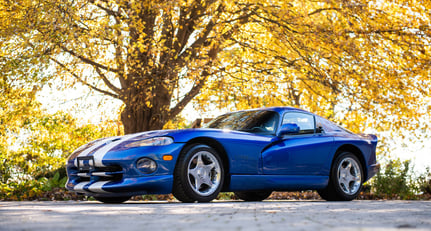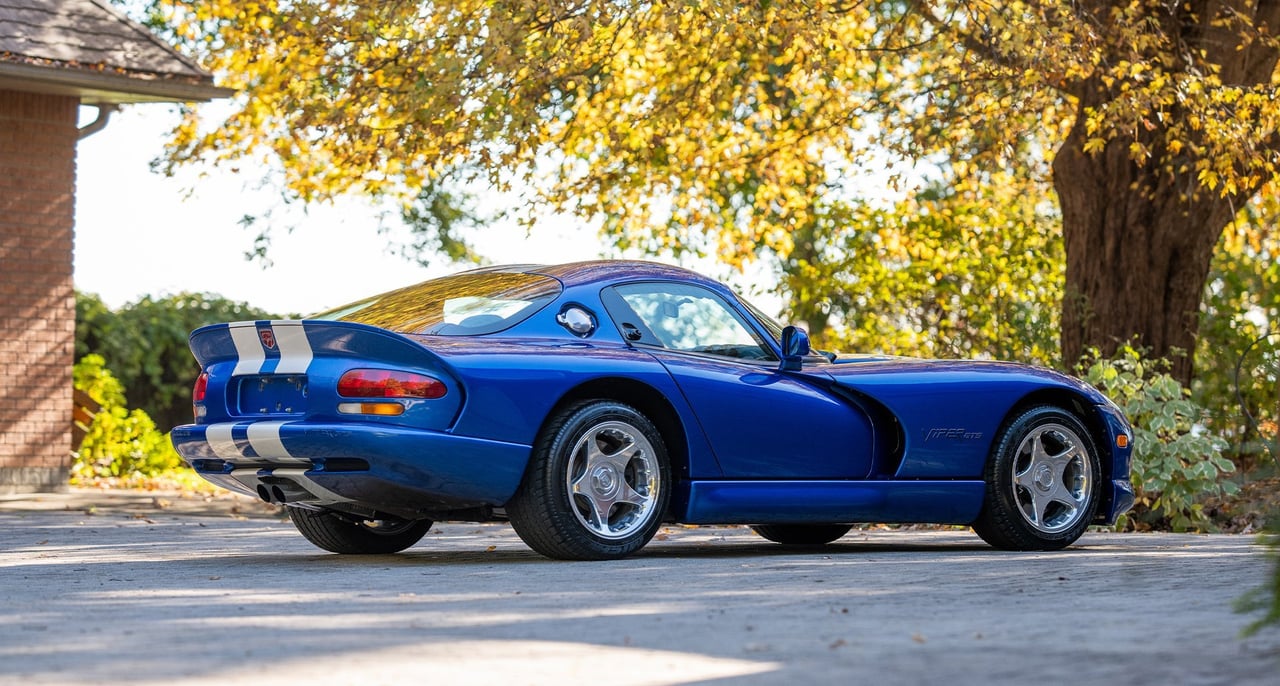
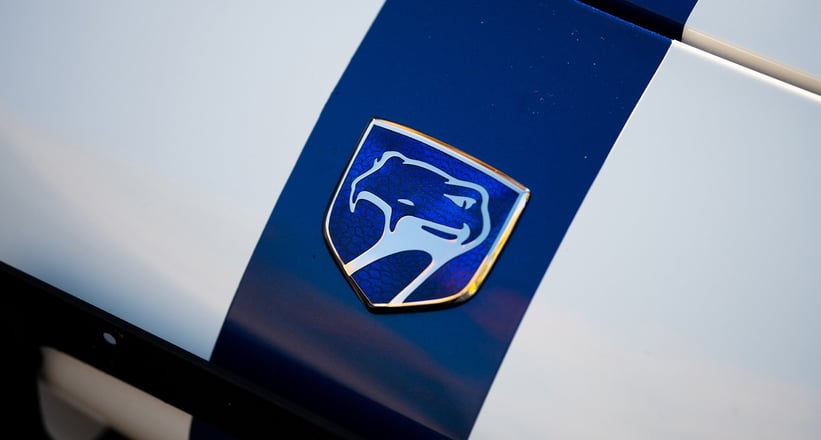

If we asked you to name the first American supercar that comes to mind, you’d likely say the Chevrolet Corvette, especially now that it has finally followed in the path of its European counterparts and adopted a mid-engine layout. However, I’d argue that, especially before the C8 generation of Corvette, Chevrolet’s offering always fell a rung below Dodge’s own supercar: the infamously untamed Viper. After all, the Corvette was always associated with men in their twilight years who liked to hit dimpled rocks with golf rackets around a field, while the Viper was the ride for mountain-dew chugging renegades sporting mullets and a devil-may-care attitude. On top of that, the Corvette has always been powered by a V8 and the Viper boasts a banshee of a V10, which is just mathematically-speaking a higher number and therefore better; any grade-schooler will tell you that. So let’s take a look at the Viper’s lineage and understand what makes it a bonafide future classic.
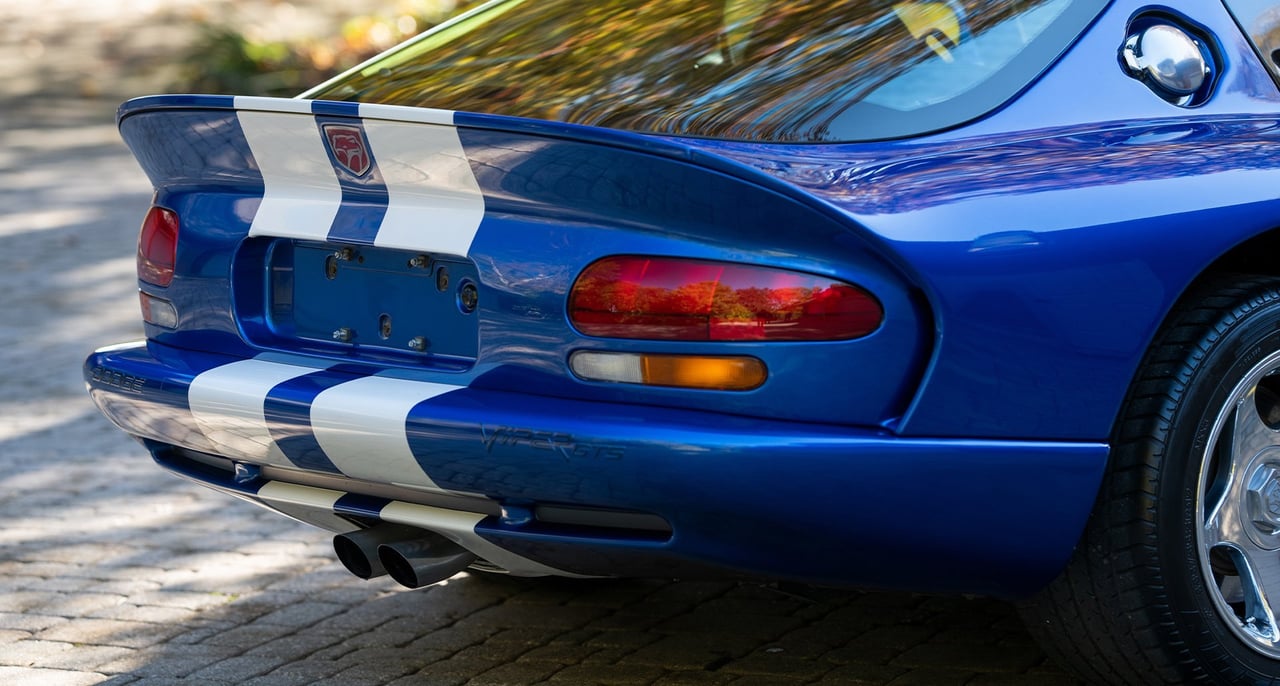
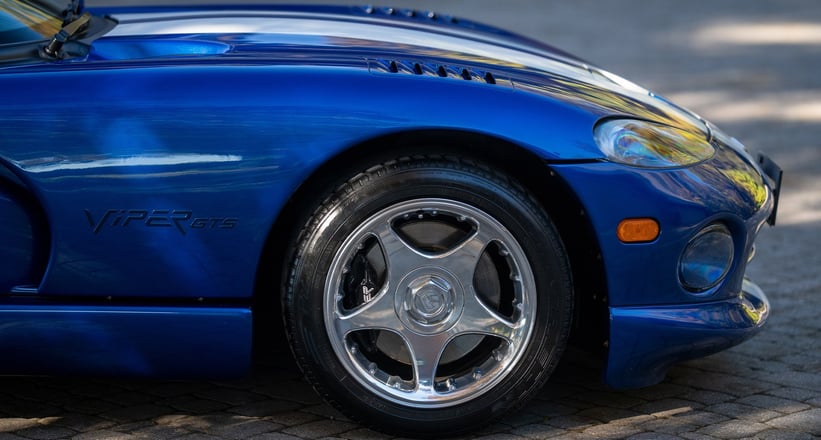
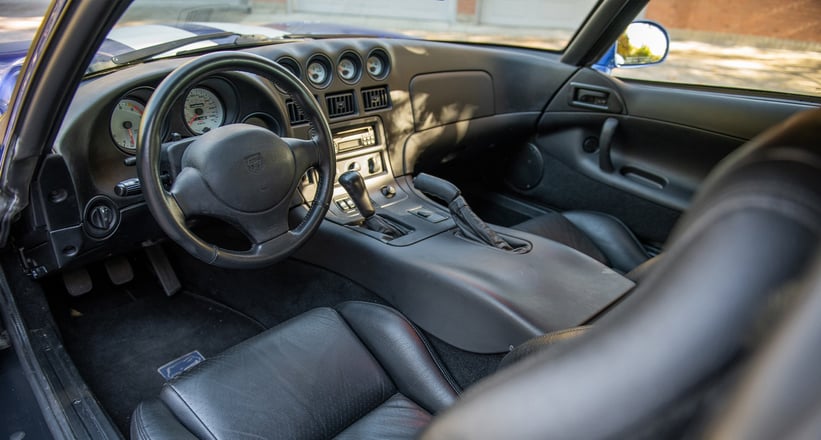
The Viper’s story starts in the late 80s when Chrysler decided it was high-time someone made a modern reinterpretation of the Shelby Cobra, and in 1991 it debuted as a pace car for the Indianapolis 500 with none other than Caroll Shelby himself behind the wheel and a V10 under the bonnet developed by Lamborghini. The first gen Viper, known as the SR I, was a very crude, very powerful machine. It lacked basic elements common among cars such as exterior door handles, or even airbags in the interest of weight saving, and with a 400hp V10 that certainly made driving the rowdy vehicle an event to say the least. It was even dangerous to stray too close to an SR I - it had side exit exhausts that singed the ankles of any unsuspecting tyre kickers. The name Viper then was more a hint at the car’s vicious attitude rather than an homage to the Cobra.
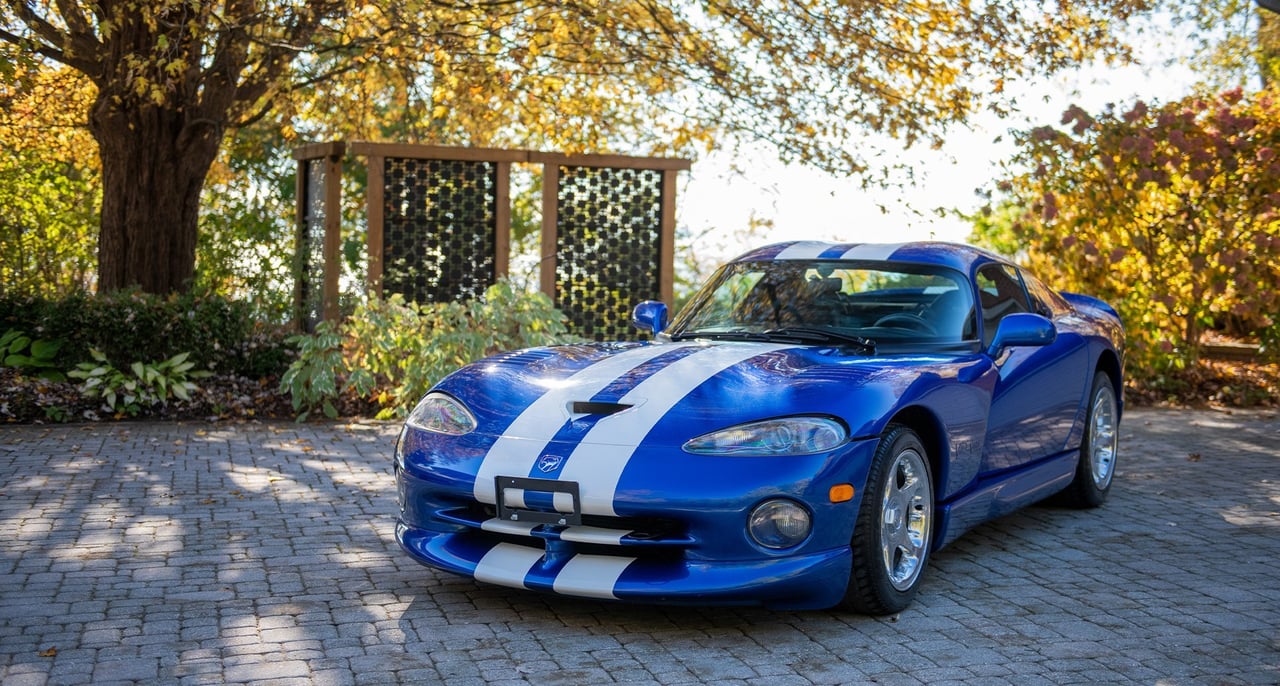
The name had been taken a bit too literally then, and in 1996 the second-gen SR II Viper emerged, modelled for us here by this lovely 1997 Viper GTS. The GTS was the name given to the closed roof version, which first debuted with the SR II and is commonly referred to as the “double bubble”. Power was up to 450 American stallions and although the car looked very similar to the SR I, it was actually 90% new. Changes included the welcome addition of airbags, exhausts that had migrated to the rear due to noise regulations, and suspension made of aluminium rather than pig iron, making it slightly less murderous than the first Viper. This eye-catching example in Viper GTS Blue is an excellent specimen, and with under 15,000 kilometres on the clock its 8.0-litre V10 is practically just run-in. If you’re looking for an early example of Viper that won’t bite quite as frequently, this car would be an excellent choice, especially as it’s the first closed-roof Viper model made.
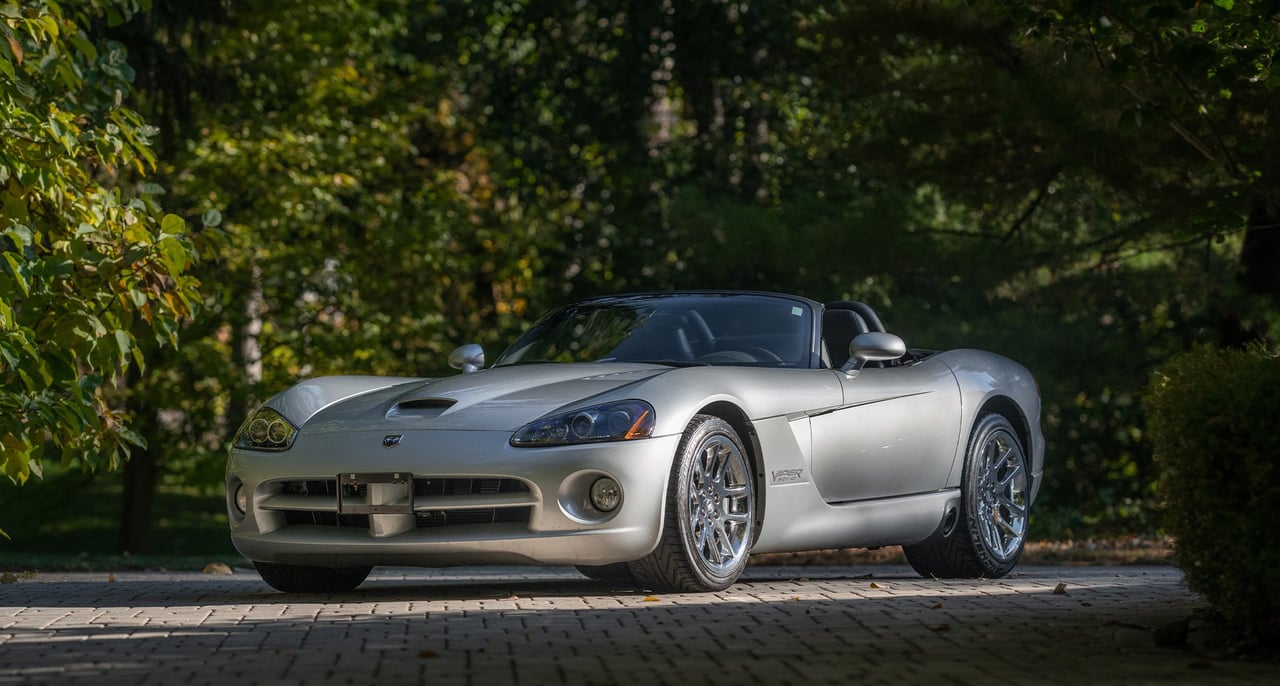
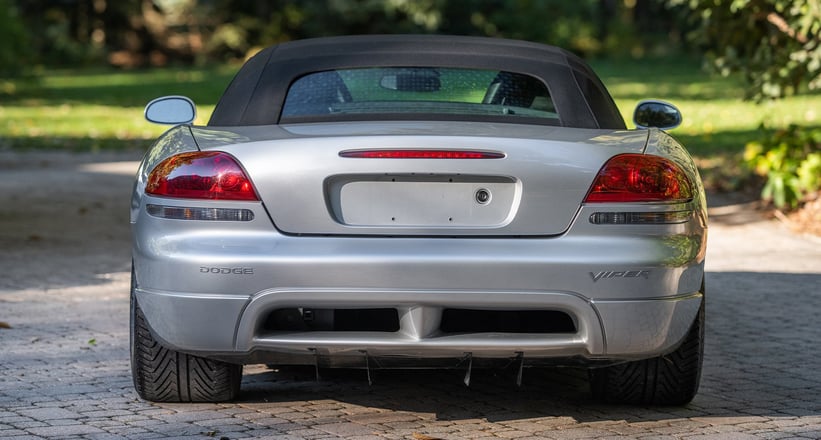
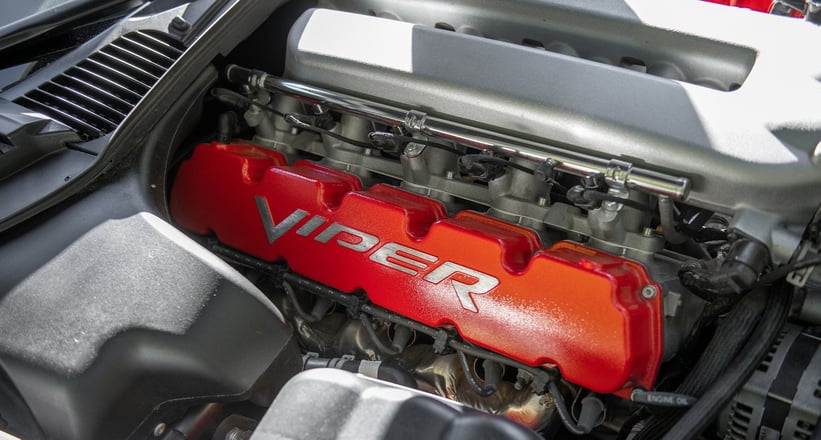
Moving onward, our second specimen, a 2003 Viper in Bright Silver Metallic, was produced in the first year of the third generation Viper’s production, known as the ZB I. The ZB I saw another major redesign courtesy of DaimlerChrysler's Street and Racing Technology group and gained an additional 300cc, resulting in a substantial 500hp power output from its 8.3-litre V10. In addition, a weight loss program saw 36 kgs stripped from the new, more rigid chassis in order to further charm the Viper into something more approachable, if you ignore the return of the side-mounted exhausts. Again, if you want a Viper that won’t call for a vial of anti-venom on every drive, this low-mileage example would be an excellent choice. Both cars will be going up for auction at RM Sotheby’s online-only Open Roads sale on 8th December.
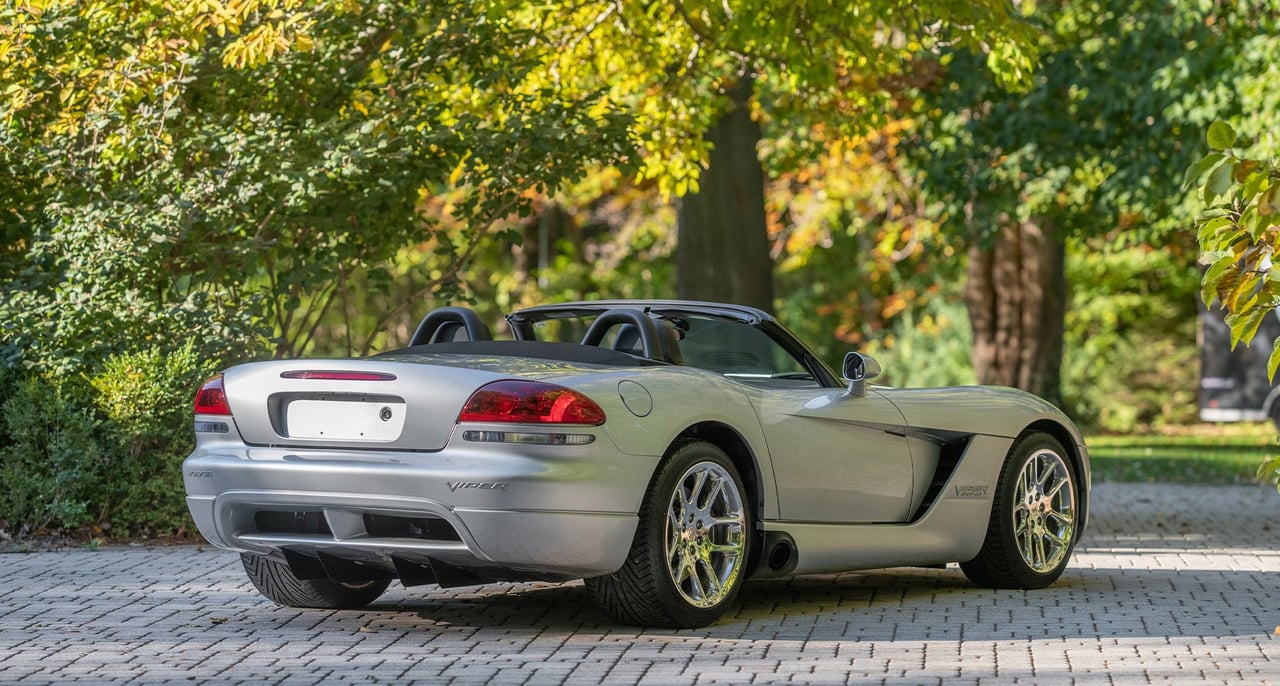
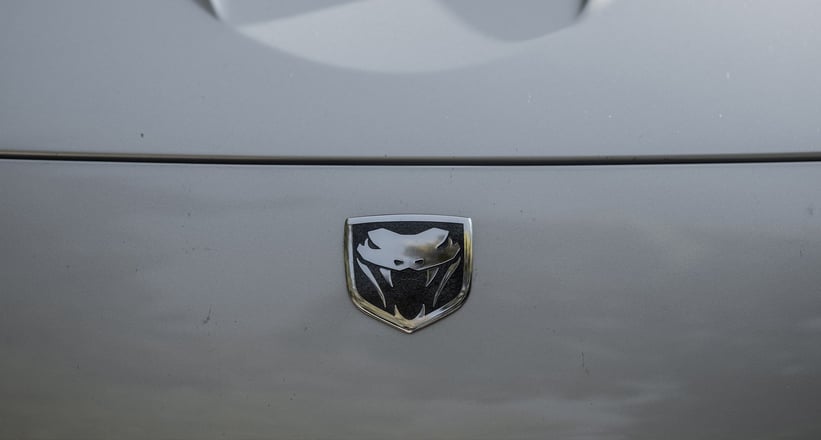
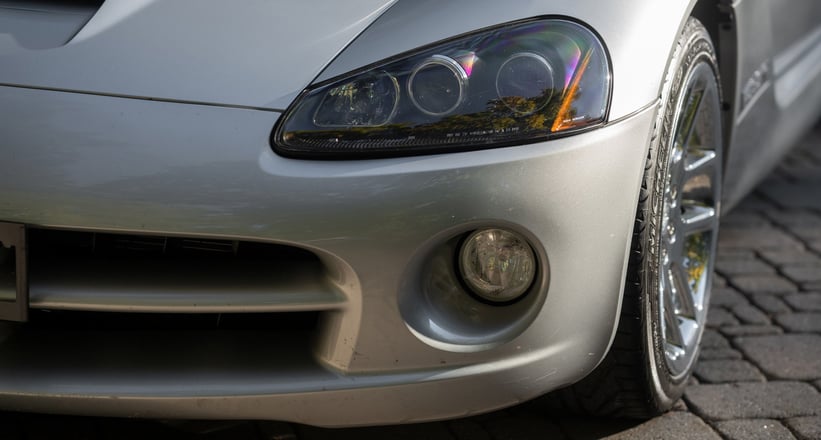
The Viper would get two more generations before production ended in 2017. Despite a production run of over a quarter of a century, only around 32,000 Vipers were ever made - for context, that many Corvettes were built in 2019 alone. The Viper is a car we’ll never see again - zero regard for safety, a crazy V10 with a manual gearbox, and an untamed attitude even the wildest modern supercars seem to have lost - if that isn’t future classic material, we don’t know what is.
